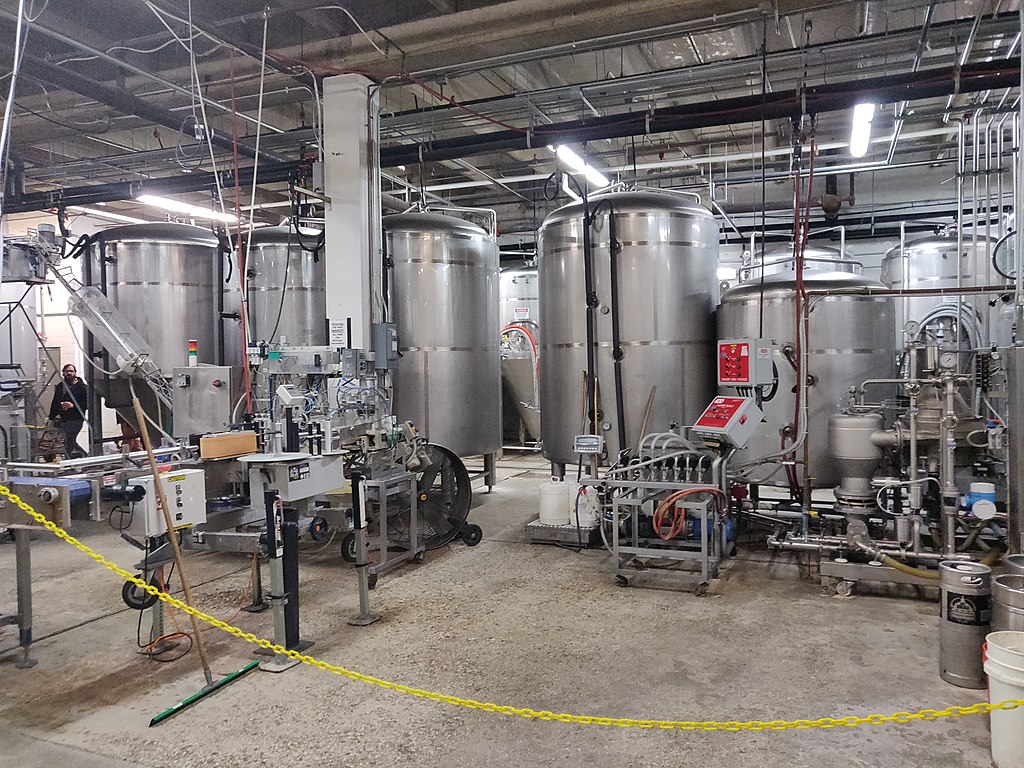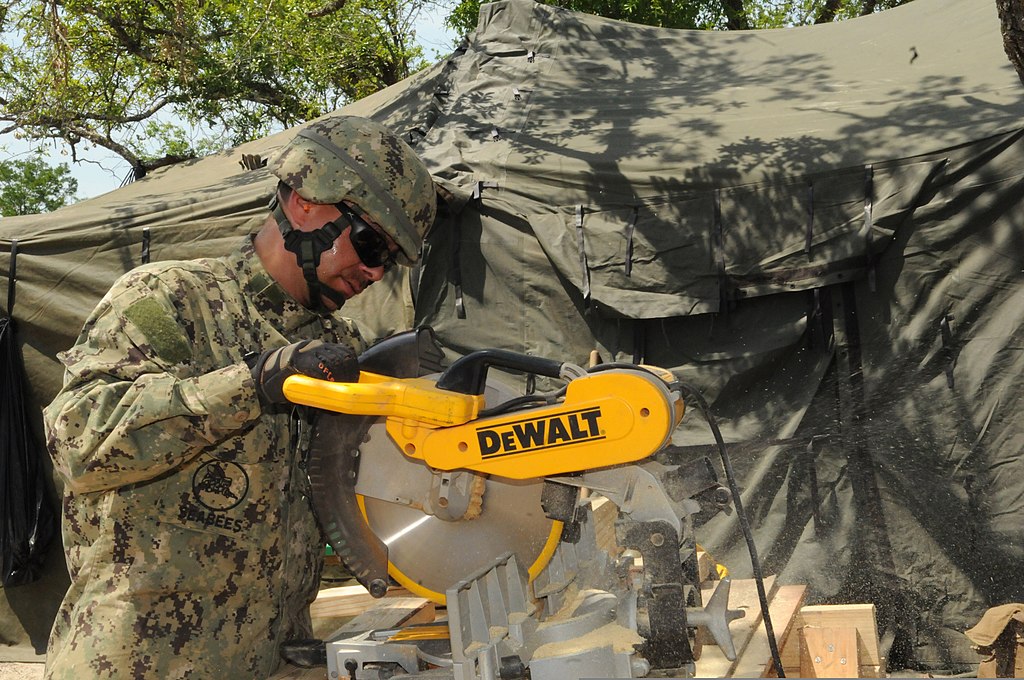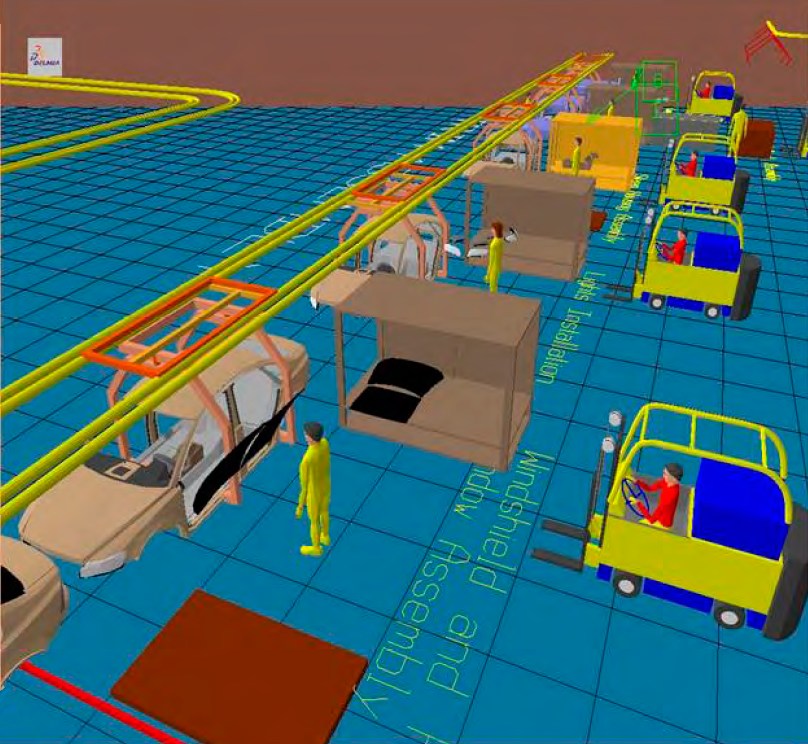Most large machines and equipment vibrate a little bit during their lifetime. Industrial, electrical and gas equipment with many moving parts and pieces may vibrate, shake or shift around more frequently than machines with fewer components.
So how can you tell if you’re seeing and hearing normal vibrations, shakes or shifting, if it’s an early warning sign of wear and tear or more extensive damage?
When operating the same equipment often, you’ll know when equipment is running as it should, when it slows down, makes weird noises or vibrates more than usual.
Instead of ignoring changes in speed, unfamiliar noises and strange vibrations, you should take note of what’s happening. Then you should carefully inspect and clean equipment to determine if you need to replace or repair any parts or components.
Here are four reasons why equipment/machines vibrations suddenly increase:
Machine/Equipment Misalignment
Machine misalignment can occur over time, especially if the machinery isn’t maintained regularly. In many cases, improperly installed parts and pieces can lead to misalignment issues.
Whether installed incorrectly during initial assembly or improperly reinstalled during routine maintenance, defective equipment will eventually fail, causing damage to other machine componentry.
Additional causes for machine misalignment include normal wear and tear, placing machinery and equipment on unstable surfaces and thermal expansion issues that warp machine items due to frequent temperature fluctuations.
When misaligned, machine parts shift, rub and tear, causing friction and increased vibrations. Over time, increased vibrations will cause these parts to break, crack or fall off, leaving the machinery inoperable.
Machinery Unbalance
Machines must remain balanced to operate effectively. This means that all sides experience the same weight distribution. Equipment unbalance occurs in older machines or machines damaged during transport or setup, usually because components have moved or shifted, causing a change in the weight distribution.
Over time, unbalance can cause machines to vibrate more than usual. These vibrations typically indicate loose or broken bearings, fan belts and other damaged equipment parts.
When setting up equipment, make sure the surface is clean and level. Properly securing machinery to the ground, platform or to walls helps prevent equipment from shaking and shifting. Test equipment often to ensure proper weight distribution.
Machine Wear and Tear
All machines have a lifespan. When regularly maintained, most machines reach their estimated lifespan without frequent repair and part replacement. Machines that aren’t regularly maintained or replaced at the recommended times will break down.
When older machines vibrate more than usual, it may be time to consider replacing them with newer models. Even if you perform routine maintenance and inspections, old machine parts can rust, crack or just fall apart at any time.
In many cases, equipment with damaged components shake and vibrate often or more aggressively – clear signs of improperly functioning machines.
Maintaining accurate repair and maintenance records can tell you when it’s time to upgrade machinery. Maintenance records should include cleaning and servicing, repairs and replacements.
Machine Part and Component Looseness
Loose components can cause friction, vibration, speed fluctuations and other issues that can all lead to machine failure. Additional vibrations can also cause other parts to become loose.
Routine maintenance includes making sure all pieces are tight and secure. Replacing broken, cracked or loose-fitting mechanical pieces is one of the best ways to prevent additional issues.
How to Prevent Machine/Equipment Failure
Remaining observant is one of the best ways to prevent equipment failure.
If you notice increased vibrations and other suspicious behavior when operating machinery, request a maintenance inspection to determine which parts, pieces or operational systems to repair or replace.
Timely replacement and repair can mean the difference between a few hours of downtime or a few days of downtime.


